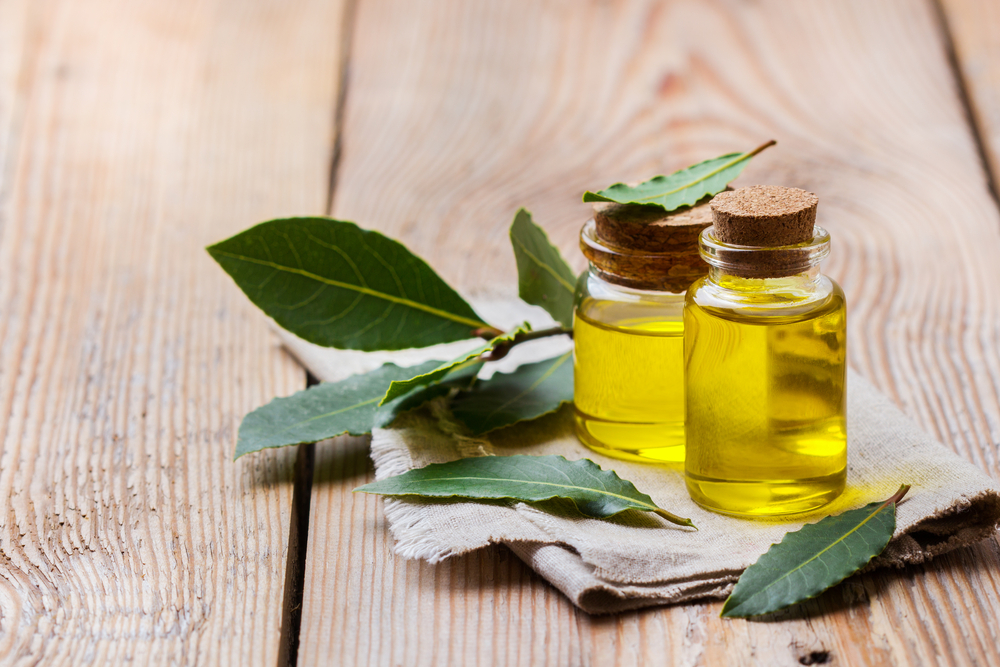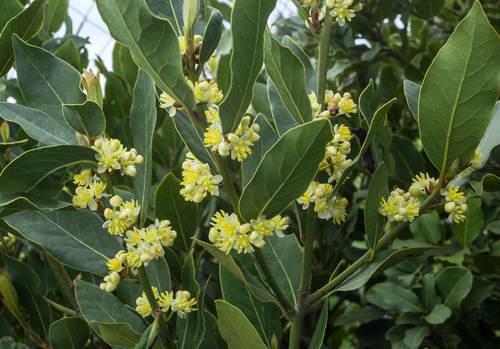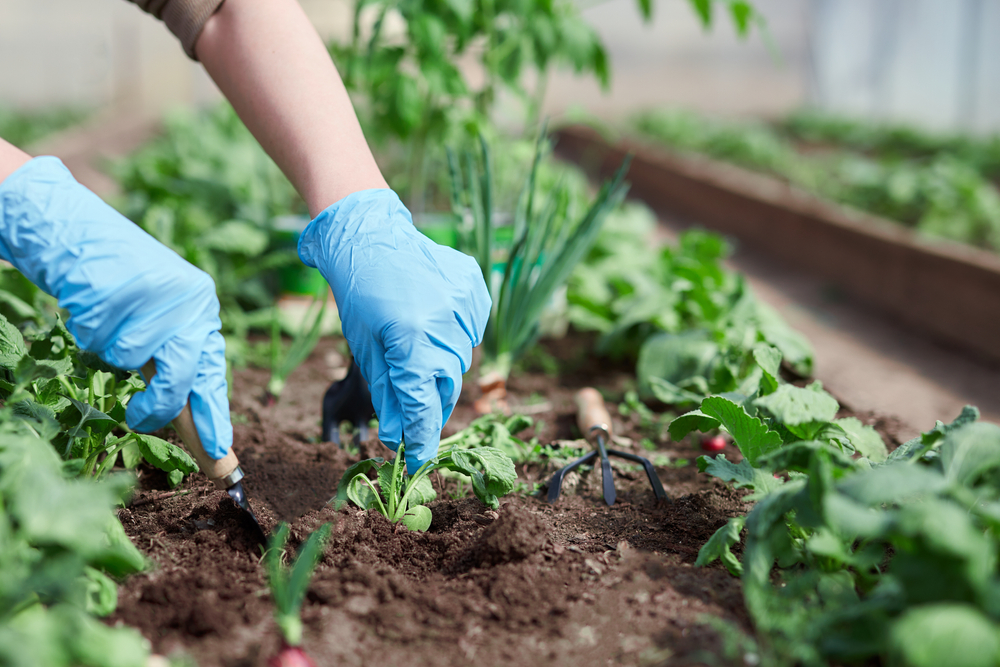Bay leaves are harvested from the bay laurel plant. You’ve most likely used bay leaves to season soups and stews. But this herb gives you more urgent reasons to include it in your survivalist arsenal. Besides being historically relevant, this multi-purpose plant has a host of medicinal uses from pain control to increasing mindfulness.
The bay laurel plant is an evergreen tree native to the Mediterranean region. Used to make laurel wreaths in ancient Greece and Rome, the leaves became symbols of honor and status. Laurel wreaths were bestowed to great poets, philosophers, and athletes of the time. Even today, some colleges still crown graduates with a laurel wreath as a sign of their achievements.
Bay leaves were also believed to bring happiness and greater spiritual awareness. What’s more, placing bay leaves under your pillow at night is said to bring creative inspiration. Setting honor and creative pursuits aside, bay laurel has also been used as food and medicine for thousands of years.
The ancient Roman naturalist known as Pliny the Elder stated that bay leaves could be used to treat a range of conditions, including paralysis, spasms, sciatica, bruises, headaches, and rheumatism. Modern science has added to this list, proving that bay leaves have some very potent medicinal properties. So let’s dig in.
Conditions Bay Leaves Can Remedy
A 2017 study discovered that bay leaves contain 55 different chemical compounds. These natural chemicals give bay leaves some impressive capabilities. For example, a study published in Phytotherapy Research found that bay leaf oil was as effective as morphine for pain control. Another study revealed that bay leaf extract assisted with wound healing in rats.
Bay leaves are an invaluable resource to have on hand to make home remedies. Research has shown that bay leaves can help with the following conditions:
- Anxiety
- Bacterial or fungal infections
- Cancer
- Dandruff
- High blood sugar
- High cholesterol
- Inflammation
- Intestinal bloating and gas
- Pain
- Respiratory diseases
- Skin conditions like psoriasis or eczema
- Stomach ulcers
- Wounds
How To Grow Bay Laurel
Bay leaves are readily available in most supermarkets but growing your own bay laurel will give you a fresh, sustainable source of this valuable plant. It’s hardy in USDA zones 8 and up (find out your local zone here), but it won’t survive over winter in areas with frost. If you live in a colder climate, you can grow your bay tree in a container inside. You can also move your bay outside during summer.
A bay laurel tree can reach a maximum height of 60 feet (18 meters) when
grown outside. It can be pruned or sheared to a smaller size. Bay plants can also grow well in a container, where they naturally stay more compact.
Getting Started
The easiest way to start a bay tree is to buy a plant. Your local garden center or herb nursery may carry a bay laurel, and some are available online. Another option is to buy a package of bay laurel seeds either locally or online. You can also take a cutting of a bay tree if they grow in your area.
Regardless of how you start your bay laurel, make certain the plant or seed
is labeled Laurus nobilis. Some plants with similar names, such as bay, sweet bay, cherry laurel, or mountain laurel, may be different species that are toxic to humans and other animals.
This possible confusion with identification has led to the myth that bay laurel leaves can’t be eaten. That’s not true, bay laurel is completely edible and safe to eat. But other plants that look and smell similar to bay laurel should not be eaten or used in remedies unless you’re certain what they are.
Care and Maintenance
Bay laurel grows best in full sun to partial shade, both indoors and outdoors. Bay prefers soil or a potting mix that’s rich in organic matter. Providing extra fertilizer periodically is also beneficial. Mulching your outdoor bay trees will provide extra nutrients as well as winter protection, which is helpful as bay trees tend to have shallow root systems.
Avoid over-watering your bay plant. They usually only need water once or
a week, or less often if you’ve had rain. Bay laurel is slow-growing and won’t need a lot of pruning, only to shape them as they grow. They also make great hedges or topiaries.
For indoor bay laurels, keep in mind that the size of the pot will determine the size of the plant. A smaller pot will keep the growth in check, whereas a
larger pot will allow for more growth. Your bay laurel will grow well in a 6-inch (15 centimeters) pot by a window, or as a larger specimen in pots 24 inches (61 centimeters) wide or more.














































































I LOVE BAY LAUREL! THANK YOU FOR THIS ARTICLE. BY THE TIME I PLANT ALL THE MEDITERRANIAN AND TROPICAL GOODIES I’LL NEED MY OWN BIODOME!
Great post! This is all over trails and is easy to find and dry.
You can too use it to previne bug infestation in grains like rice, bean, barley ect in your food stockpile.
I live in Canada, where I cannot grow bay leaf out doors in the winter.
However, I have kept a bay laurel in a 5 gallon pot for about 12 or so years now.
I bring it in and keep it under fluorescent lights in the winter. I have to keep the height down to fit under the lights.